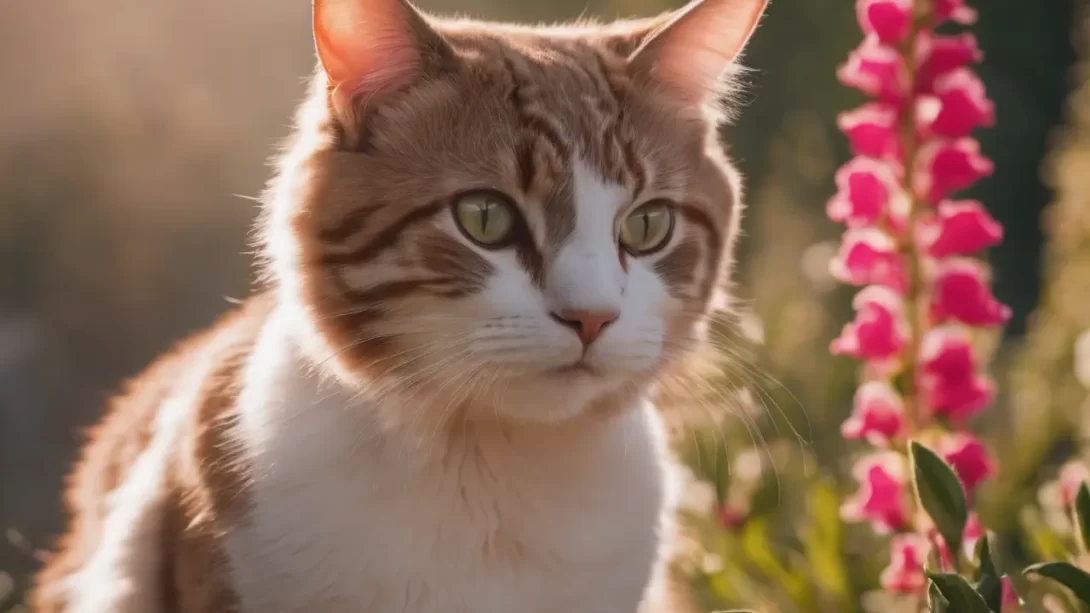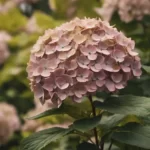Snapdragons (Antirrhinum majus) are a vibrant and popular choice for gardeners worldwide, admired for their unique flower shapes and array of colors. When introducing any new plant into a home garden, it’s crucial for pet owners to consider its safety, especially in households with curious cats. This article delves into the question: Are snapdragons toxic to cats? Our aim is to provide a comprehensive understanding of snapdragon toxicity, helping cat owners make informed decisions about their garden selections.
Plant Toxicity
Plant toxicity refers to the potential harmful effects that a plant can have when ingested or, in some cases, touched. For pets, this is a significant concern, as they may unknowingly ingest plants that are harmful to them. Toxic plants can cause a range of symptoms in pets, from mild gastrointestinal upset to severe health complications. Therefore, identifying and understanding the toxicity of plants in your garden is an essential step in protecting the health and well-being of your furry companions.
Overview of Snapdragons
Snapdragons, belonging to the genus Antirrhinum, are distinguished by their tall spikes adorned with brightly colored flowers. These plants are usually grown as annuals and thrive in cooler climates. The name “snapdragon” comes from the flower’s resemblance to a dragon’s face, which, when squeezed, appears to open and close its mouth. Historically, snapdragons have been cultivated for centuries and are thought to symbolize grace and strength. They are often used in gardens for their aesthetic appeal and ability to attract pollinators like bees and butterflies.
Snapdragons and Pet Safety
When it comes to the safety of snapdragons (Antirrhinum majus) for pets, particularly cats, the news is generally positive. Snapdragons are classified as non-toxic to cats, dogs, and other domestic animals. This classification means that they are unlikely to cause harm if ingested in small quantities. However, it’s important to note that while snapdragons are not toxic, ingestion of any plant material can potentially lead to mild stomach upset in some cats. This is usually due to the cat’s digestive system reacting to an unfamiliar substance rather than a toxin in the plant itself.
Insights from Veterinary Science
Veterinary professionals often provide valuable insights into how different plants can affect pets. Regarding snapdragons, the consensus is that they pose minimal risk to cats. However, if a cat ingests a large amount of any plant, including snapdragons, it might experience symptoms like vomiting or diarrhea. These symptoms are typically mild and self-limiting. Despite their non-toxic status, it’s always prudent to monitor your pets and keep an eye out for any unusual behavior or symptoms after they have been around plants. If any concerning symptoms arise, it is advisable to consult a veterinarian promptly.
Safe Gardening Practices for Pet Owners
Creating a garden that is both beautiful and safe for pets requires careful planning. Here are some tips for pet owners:
- Choose Non-Toxic Plants: Always research the toxicity of plants before adding them to your garden. Opt for species known to be safe for pets.
- Observe Your Pet’s Behavior: Watch how your pets interact with your plants. Some pets may have a tendency to chew on foliage, while others may not show any interest.
- Preventive Measures: Consider physical barriers or repellents to discourage pets from accessing certain plants. Raised beds or hanging baskets can be effective solutions.
- Be Cautious with Plant Treatments: Use pet-safe fertilizers and pesticides. Chemicals used in gardening can be harmful to pets if ingested.
- Educate Yourself: Stay informed about common symptoms of plant toxicity in pets and know when to seek veterinary help.
Alternatives to Snapdragons for Cat-Friendly Gardens
While snapdragons are a safe option for gardens with cats, diversity in plant selection can enhance both the beauty and the safety of your garden. Here are some other non-toxic plant options to consider:
- Marigolds (Tagetes spp.): Known for their vibrant colors and pest-repellent properties, marigolds are a great addition to any pet-friendly garden.
- Zinnias (Zinnia spp.): With their bright, long-lasting flowers, zinnias are both beautiful and safe for cats.
- Sunflowers (Helianthus spp.): These towering, cheerful plants are non-toxic and can add a dramatic element to your garden.
Incorporating a variety of safe plants not only ensures a visually appealing garden but also reduces the risk of pet-related gardening mishaps.
Conclusion
In conclusion, snapdragons (Antirrhinum majus) are a safe and delightful choice for gardeners who have cats. Their non-toxic nature makes them a worry-free addition to pet-friendly gardens. However, it’s always wise to practice safe gardening habits and observe your pets’ interactions with plants. Remember, the key to a harmonious garden is balancing aesthetic appeal with the safety of all its living inhabitants.
For those looking to expand their garden while keeping it pet-friendly, there are many beautiful and safe plant options available. Gardening with pets can be a fulfilling and enjoyable experience when done with care and consideration.



